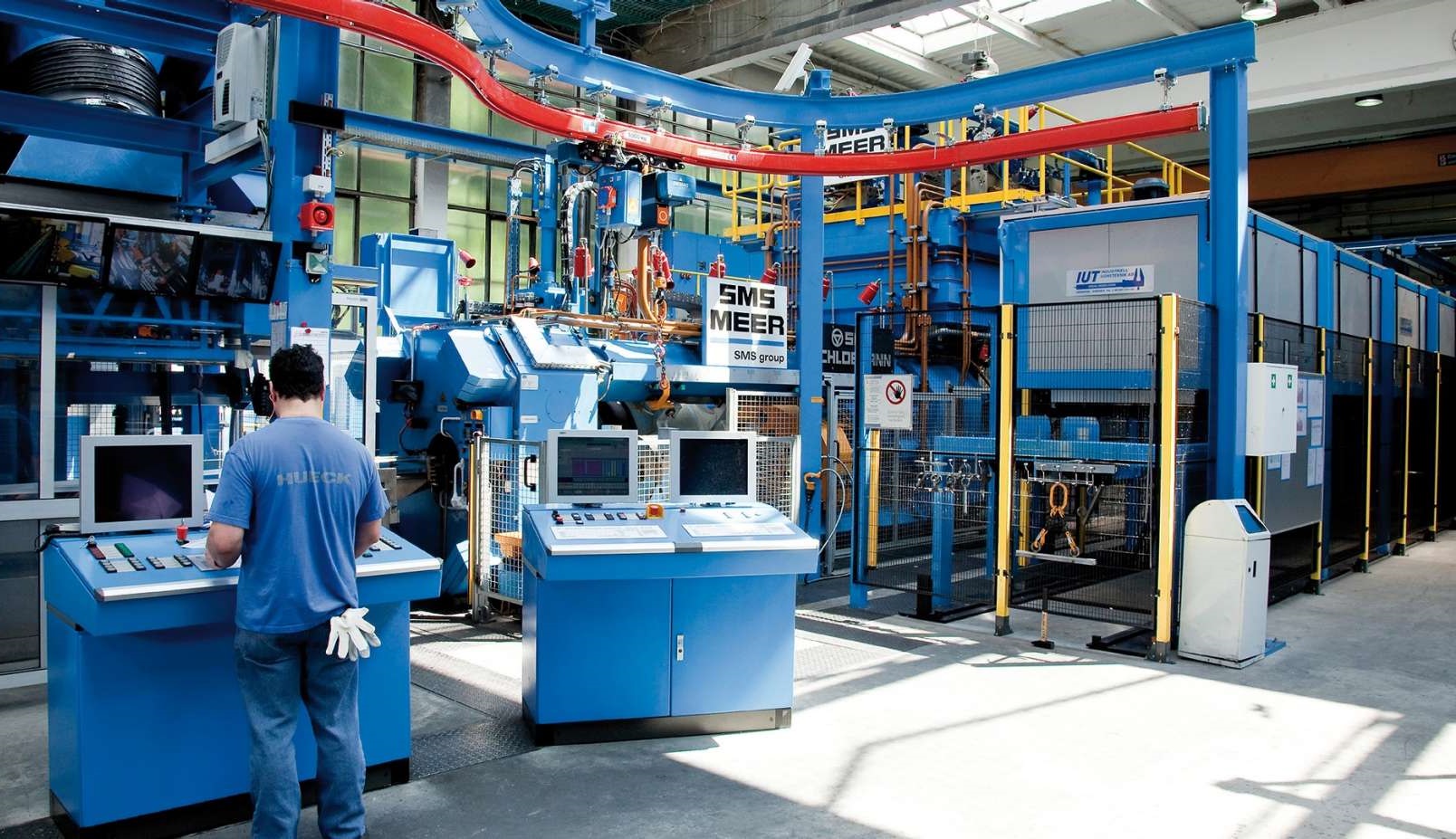Scaling Out with SAP HANA: Strategies for Achieving Peak Performance
Reading time: 5 mins
Key Takeaways
⇨ The urgency of migrating to SAP S/4HANA is highlighted by the 2027 deadline, with many organizations still lagging behind, risking operational inefficiency as mainstream support for ECC ends.
⇨ Scaling out with SAP S/4HANA offers significant advantages such as enhanced scalability, real-time analytics, and streamlined processes, enabling businesses to efficiently handle increased transaction volumes and complex data analytics.
⇨ Successful scaling out requires strategic planning, effective resource management, and continuous monitoring to ensure optimal performance and maintain agility in a rapidly changing business environment.
To achieve rapid growth and operational agility, companies must migrate to SAP S/4HANA to enhance their IT infrastructure’s scalability, enabling them to effectively manage peak transaction volumes, complex data analytics, global operations, and mergers while optimizing performance and ensuring compliance.
Rapid growth and operational agility can define a company’s success. But what does it take to achieve both? The short answer — your IT infrastructure must be capable of evolving alongside your ambitions. Whether you’re managing a surge in transactions, integrating a new acquisition, or expanding into new markets, your ability to seamlessly scale your systems will play a leading role.
For organizations using SAP S/4HANA, scaling out provides the flexibility needed to tackle these challenges. By examining practical scenarios — such as retail spikes during holiday seasons or the demands of managing global operations — we’ll explore how scaling out with S/4HANA can enhance performance, maintain efficiency, and keep your business ahead of those that still linger on cumbersome legacy systems.
The Urgency of SAP S/4HANA Migration
About that last point on legacy systems — the 2027 deadline to migrate to SAP S/4HANA is fast-approaching but far from every business has taken action. According to a Gartner estimate, 64% of SAP ECC clients had, at the end of 2023, yet to license SAP’s flagship integrated resource planning (ERP) system that runs on the SAP HANA in-memory database. Gartner urges organizations to resist cutting the planning process short and move forward to meet the target deadlines when mainstream maintenance support for ECC ends (extended maintenance support will be available until 2030 for a fee).
Fueling Growth: The Benefits of Early SAP Migrations
By migrating sooner rather than later, you not only secure the longevity of your ERP systems but also position your business to leverage enhanced scalability, real-time analytics, and streamlined processes that can drive growth and innovation across the organization.
Among the compelling reasons to make the switch, consider the ability to scale out effectively. This strategy allows your organization to expand its database infrastructure across multiple servers, rather than relying on a single large system. By leveraging SAP S/4HANA’s advanced ERP capabilities alongside the SAP HANA in-memory database, you can handle increased data volumes, manage more complex transactions, and support the demands of digital growth.
Put to practice, it can look like this:
Scenario 1: High Transaction Volumes
Is your business dealing with large transaction volumes during peak shopping seasons? Scaling out with S/4HANA allows your business to distribute large transaction volumes across multiple servers without compromising speed and reliability. Unlike legacy systems that typically rely on disk-based databases and require significant hardware investments to scale, S/4HANA, powered by SAP HANA, enables real-time processing and dynamic allocation of resources.
Scenario 2: Complex Data Analytics
Is your business in manufacturing and supply chain? Then, you know the importance of real-time analytics to monitor complex processes. In contrast to ECC systems that tend to struggle with large datasets, SAP S/4HANA’s in-memory processing capabilities and distributed architecture on SAP HANA means you can process vast amounts of data in parallel for faster decisions based on insights delivered in real time.
Scenario 3: Global Operations
Are you managing your cross-border operations using SAP ECC? Unfortunately, its reliance on batch processing and disk-based storage often leads to data synchronization issues and delays that make it harder than it should be to maintain a unified, responsive global presence. By scaling out with S/4HANA, you can distribute workloads across different regions, ensuring both consistent performance and compliance with local data regulations.
Scenario 4: Mergers and Acquisitions
What would make your next M&A a success? With S/4HANA, you can overcome the issues that tend to plague mergers and acquisitions that rely on old technology. Instead of struggling with fragmented processes and data silos, scaling with SAP S/4HANA allows you to easily consolidate financials, operations, and reporting across the newly combined entity. The result is immediate visibility and control that help your organization realize the synergies and cost savings that are typically the goal of these transactions.
8 Strategies to Optimize Your SAP HANA Environment for Peak Performance
Once you have identified the scenario in which scaling out with SAP S/4HANA can deliver significant advantages, what’s next? Besides adding resources, a successful scale-out process depends on careful planning and execution. Let’s take a quick look at some strategies that, when tailored around the needs and challenges of your organization, can ensure optimal performance and resource utilization.
1. Architectural Planning and Data Distribution
Effective planning and data distribution ensure that your business can handle increasing data volumes without sacrificing performance. By strategically distributing data across multiple nodes, businesses can maintain seamless operations even as they scale. This strategy not only supports current demands but also prepares your infrastructure for future growth, ensuring that your SAP HANA environment can manage growing workloads efficiently.
Impact: Eliminate bottlenecks and maintain optimal performance, even during periods of rapid data growth.
2. Network Optimization
A well-optimized network is the backbone of any scalable SAP HANA environment. Ensuring that your system’s nodes are connected with high-speed, low-latency networks means faster data processing and reduced delays. This allows your business to operate more efficiently, handle larger workloads, and respond more quickly to market changes.
Impact: Boost operational agility, enabling swift responses to market changes and customer demands.
3. Resource Management and Load Balancing
Efficient resource management is key to maximizing the performance of your SAP HANA environment. By prioritizing critical tasks and optimizing the use of your system’s resources, you can ensure that your operations remain smooth and uninterrupted.
Impact: Maintain consistent performance levels and uphold service quality, regardless of workload fluctuations.
4. High Availability and Disaster Recovery
Implementing high availability and disaster recovery strategies within your SAP HANA environment ensures that your operations can continue without interruption, even in the event of a system failure.
Impact: Minimize downtime risks, protecting both operations and reputation in the face of unforeseen challenges.
5. Proactive Monitoring and Performance Tuning
Continuous monitoring and performance tuning serve to maintain the efficiency of your SAP HANA environment. By regularly assessing system performance and making necessary adjustments, you can prevent issues before they arise, ensuring that your business runs smoothly and efficiently.
Impact: Reduce the risk of costly disruptions and ensure consistently smooth operations.
6. Scalability Testing
To prepare for future growth, it’s important to regularly test the scalability of your SAP HANA environment. By conducting performance benchmarks and stress tests, you can identify potential weaknesses and make improvements before they impact your operations.
Impact: Build confidence in your system’s ability to handle increased workloads as your business expands.
7. Enhanced Security and Compliance
As your business scales, maintaining data security and compliance with industry regulations becomes increasingly important. SAP HANA offers robust encryption and compliance management tools to help businesses protect sensitive data and adhere to regulatory requirements.
Impact: Mitigate legal and financial risks while building trust with customers and stakeholders.
8. Strategic Maintenance and Upgrades
Finally, keeping your SAP HANA environment up-to-date with regular maintenance and upgrades is critical to ensuring long-term success. With regular updates, your system benefits from the latest performance improvements, security enhancements, and new features.
Impact: Stay at the forefront of technological innovation, ensuring your business remains competitive and agile.
Make oXya Your Partner
An SAP HANA scale-out requires a combination of strategic planning, proper resource management, and continuous monitoring. Most of all, you can’t reap the benefits of scaling out without migrating to SAP S/4HANA. And the clock is ticking. CIO Dive cautions the flurry of SAP migrations that must kick off before the ECC sunset could create “more scarcity and competition for technical resources.”
Whether you need certified expert help with an SAP HANA scale-out or S/4HANA migrations, contact us at oXya to get started. With a 99% customer satisfaction rating, we have proven time and time again that we know what it means to be a trusted partner on your cloud migration journey.





